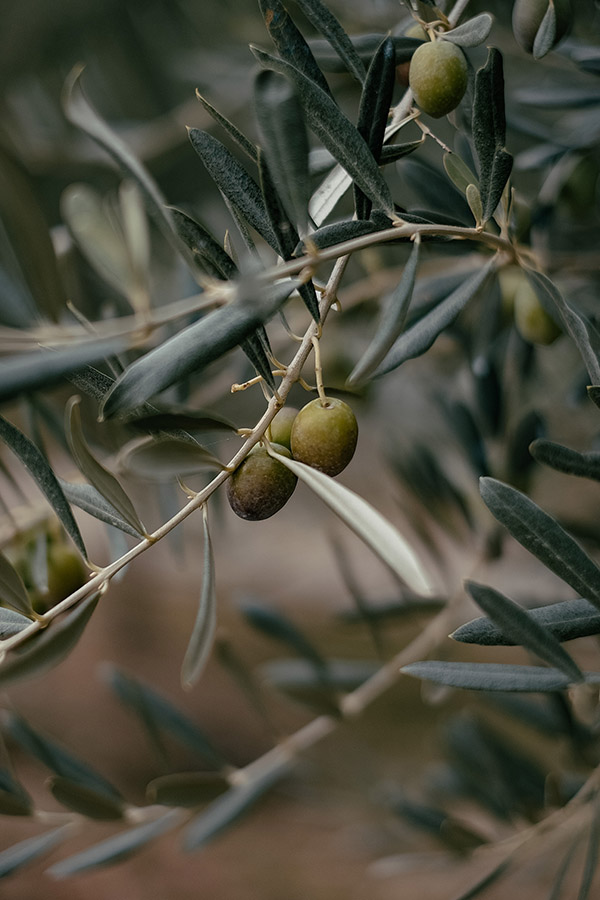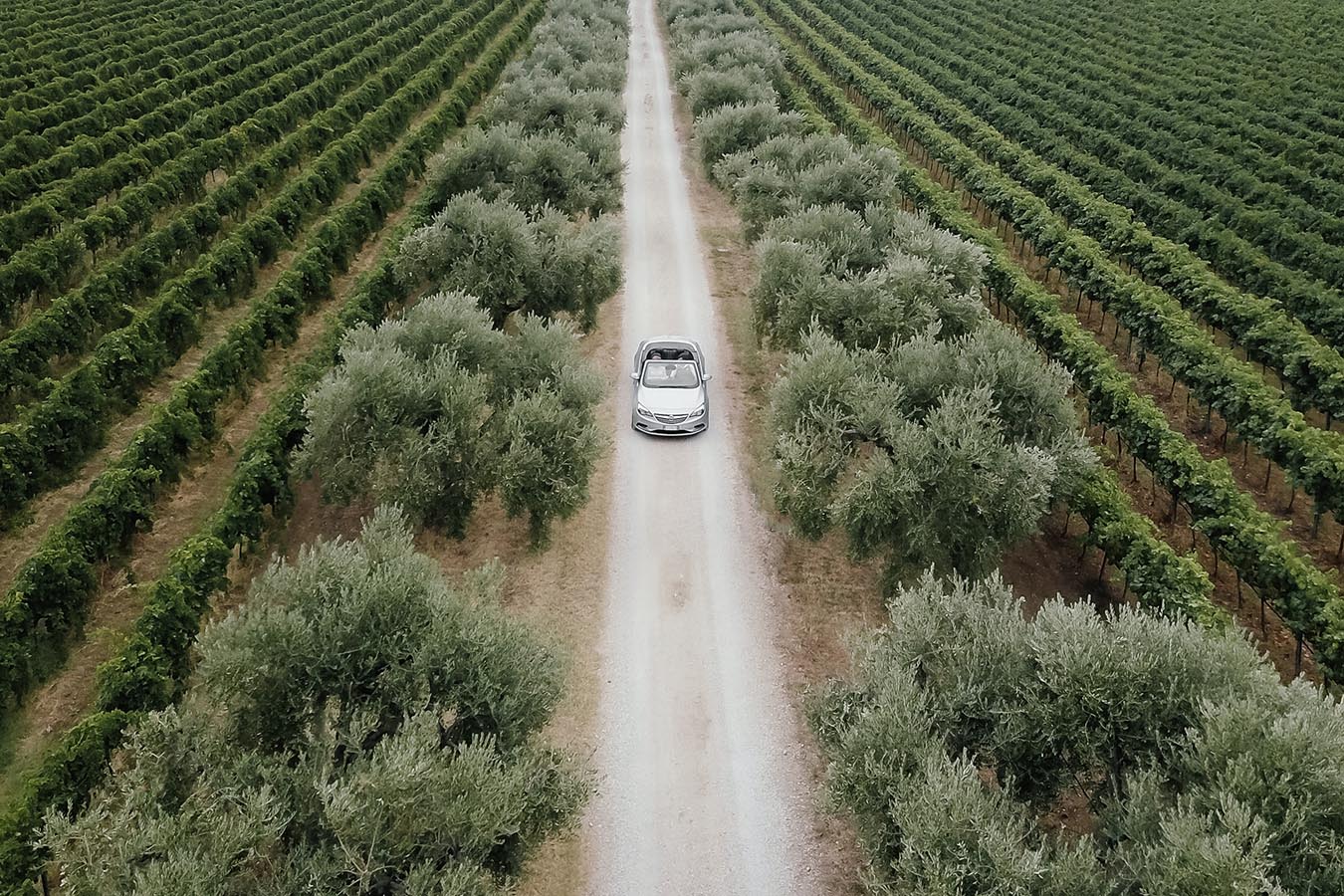
Our Trees
Request A QuoteAt Ancient Olives, we take great care to provide a unique and superior product and service. Our ancient and old growth olive trees have been hand selected by the partners for their historic and architectural aesthetics and value. We deliver them to your project and walk you through the steps on how to prepare for, plant, and maintain your historic olive trees for success.
Our owners are a family partnership that has been working together for many years. Eddie Flores and Sean Lockyer have been in the Landscaping and Design businesses for over four decades combined.
Eddie’s knowledge of olive tree anatomy and biology as well as his years of expertise in the landscape business makes him well suited to bringing you a quality product that is unsurpassed in the industry.
Sean Lockyer has been hand selecting olive trees for his various architectural projects for the last decade and a half. He brings his years of experience in Architecture to the detailed selection of the highest quality and most dramatic olive tree trunks and branch structure that your project requires.
Ancient Olive Trees
Olea europaea
Hardiness:
- USDA Zone 10a: to -1.1 ºC (30 ºF)
- USDA Zone 10b: to 1.7 ºC (35 ºF)
- USDA Zone 11: above 4.5 ºC (40 ºF)
Height:
- Over 40 ft. (12m)
Spacing:
- 12-15 ft. (3.6-4.7m)
Sun Exposure:
- Full Sun
Bloom Color:
- White/Near White
Bloom Time:
- Mid-Summer
Foliage:
- Evergreen
Danger:
- Pollen may cause allergic reaction.
Average Water Needs:
- Low. Drought-tolerant; suitable for xeriscaping
Other details:
- Young trees have smooth gray bark, but trunks and branches will gnarl somewhat picturesquely with age. Opposite, elliptic to lance shaped leaves (to 3” long) are gray-green above and silver-green beneath. Very small white flowers bloom in panicles (to 2” long) in summer on stems from the leaf axils.
- Flowers are fragrant. Flowers give way to oval green drupes (olives to 1.5” long) which ripen to black. Each olive contains a single pit. Olives from this species are commercially harvested as eating olives and for production of olive oils.


